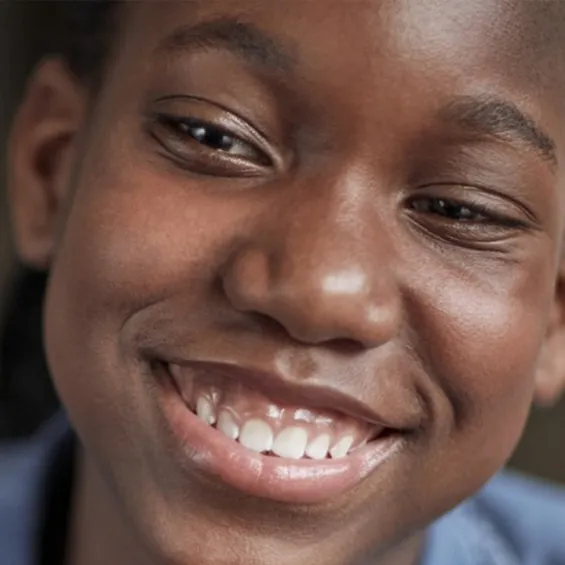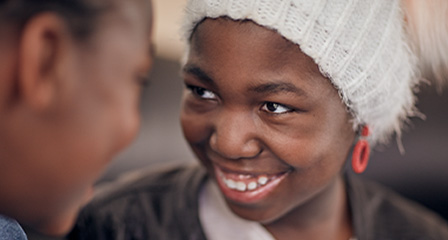Don’t have an account?
Select the donation type you’d like to make
Why register as a stem cell donor?
Stem cells are in the soft tissues inside your bone marrow. They make red blood cells, white blood cells, and platelets. They can be the only hope for a cure for people with damage to their bone marrow from leukemia or a blood disorder. Your stem cells might just be the perfect match for someone like them.
Can I register?
Most likely! If you’re aged between 18 to 35 and in good health, you should be able to join the registry.
How do I register?
It only takes a few simple steps:
- Start by enrolling with Stem Cell Donors Australia
- Then, book a blood donation with Lifeblood
- When you arrive at the donor centre, speak to our friendly staff about finishing your enrolment
- Give a small blood sample at the same time of your donation, and enjoy a snack on us!

What happens next?
Your blood will be tested, typed, and recorded with Stem Cell Donors Australia. If you’re found to be a match, you’ll be contacted by them and they will advise you on the next steps . It might just be one of the most exciting phone calls you ever receive!
Did you know? Donors will only have a 1 in 1,500 chance of being a match each year.
Can’t give blood?
We may still be able to help you register. Give us a call on 13 14 95 to learn about your options.
Curious to learn more? Check out our FAQs
- What is the stem cell donor registry and how is it connected to Lifeblood?
Lifeblood is a proud recruitment partner of Stem Cell Donors Australia, and we help them recruit donors for recipients needing their perfect match.
- Why donate and register with Lifeblood?
When you register and donate with Lifeblood, you could be twice the lifesaver. Not only will you join the stem cell registry and potentially donate your bone marrow to someone in need, but you will also support patients who need blood or plasma products as part of their treatment.
- How often does a patient find a match within their family?
Only 30% of patients find a match within their family. The remaining 70% of patients need to find an unrelated donor through the Australian donor registry or stem cell registries around the world
- I’m already a blood donor. How do I sign up to the registry?
We'd love to help! If you’re between 18 to 35 years old, just speak to a friendly staff at your next blood donation and we’ll help you with the sign-up process.
- If I am found to be a stem cell donor match, how does blood stem cell donation work?
If you are the perfect match for a patient, you will be contacted by our friends at Stem Cell Donors Australia. For most blood stem cell donations (around 90% of the time), the process is a lot like giving plasma, with a few additional steps. All donations are safe to do, and you’ll always feel incredibly special knowing you’ve helped save someone’s life. To find out more, check out Stem Cell Donors Australia.






